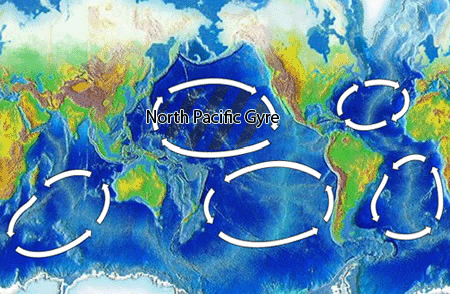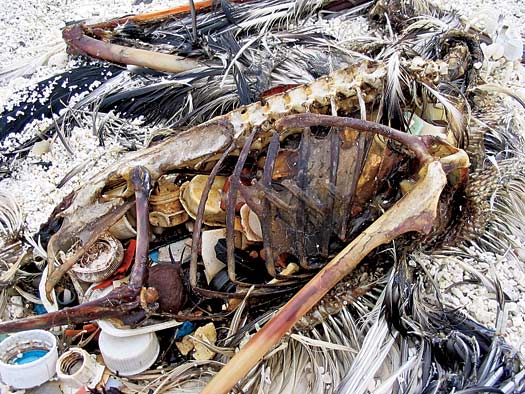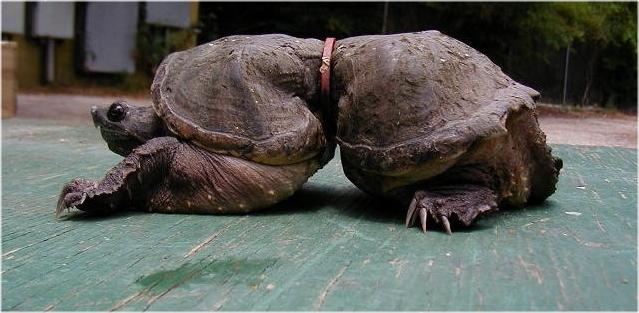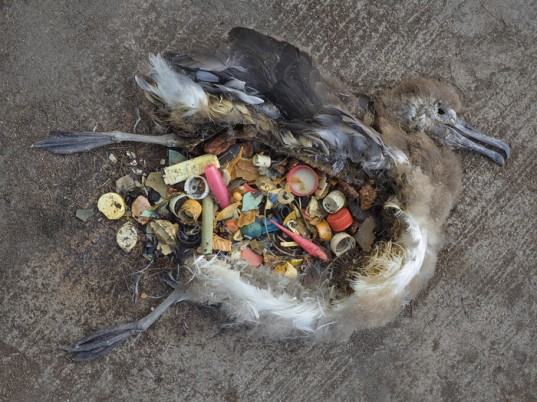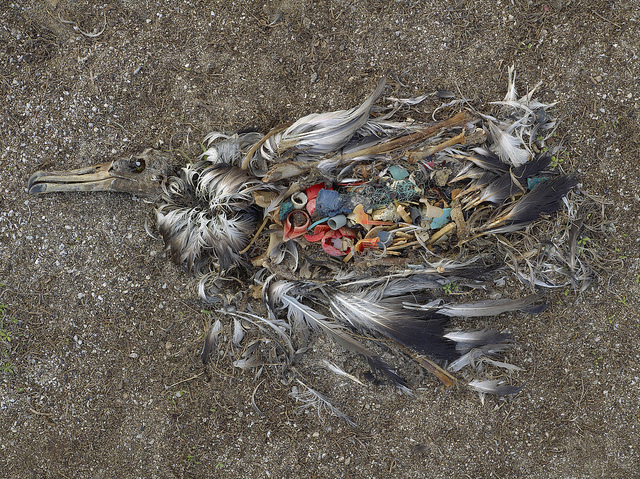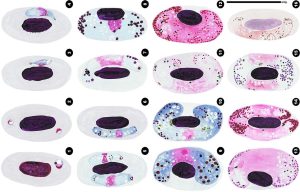Great Pacific Garbage Patch / Humans Suck
Humans have really made a mess of this planet haven’t they? To be fair, it wasn’t entirely our fault initially. I mean, burning coal and oil just seemed really handy, we weren’t to know it would choke the skies and eventually us. And who knew that something we put in fridges would punch a hole in a crucial but invisible layer in the sky? And plastic, how brilliant is plastic? You can make anything you like with it, it doesn’t break very easily, it’s bendy or stiff and it’s dead cheap, brilliant!
It’s just a shame that it doesn’t ever, ever go away. The Great Pacific Garbage Patch, or Pacific Trash Vortex, is basically a graveyard for plastics and chemical sludge. The currents of the earth’s oceans converge in such a way that any old crud that we bung out ends up in this hellish, filth wart in the seas.
Most sailors don’t need to navigate the area where the Great Pacific Garbage Patch resides, it’s very remote. But a chap called Charles J. Moore visited in 1997 after some boat race or other. Charles and his crew were the first people to report the state of the area back to oceanographers. He said
…it might sound unbelievable but there was not a single clear spot around us. It didn’t matter where we looked, garbage was floating around us everywhere.
A paper released by the National Oceanic and Atmospheric Administration predicted, back in 1988, that this garbage patch would arrive, and it has. It’s not visible from space and quite hard to detect because some of the plastic polymers have been broken down into tiny, weeny bits, so its exact size can’t really be measured with ease. Much of the plastic debris is below the surface too. Estimates of the patch’s size go from 700,000 to 15,000,000 square kilometers. Either way, it’s big.
The problem is, plastic doesn’t biodegrade, it photodegrades which means it just gets broken into smaller and smaller particles. Because all of the plastic is at different stages of photodegradation it doesn’t matter what size of organism you are, there’s bound to be a particle that’s just the right size for your mouth.
The trash in the Great Pacific Garbage Patch comes from a number of sources as you can imagine. Some is certainly from the land, but cruise ships and other large vessels are to blame too. A 3,000-passenger cruise ship produces over eight tons of solid waste weekly, a major amount of which ends up in the patch. Lovely.
Other items such as fishing nets and micro pellets from abrasive cleaners on fishing boats play a part in the mess too. Giant rivers, like the Ganges (which is basically toxic) probably add to the dump too. Here’s a poor turtle that’s grown inside of a plastic ring…
It’s difficult to know exactly what sort of problems this will throw up. We’ve basically added a new ingredient to the marine environment that is entering the food chain at the bottom and getting fed right up to the top (us). Little fish get eaten by big fish or birds, then the big fish or bird is eaten itself, or dies and enters the waterways or the soil. It’s in us.
Of the 1.5 million Laysan Albatrosses that inhabit Midway Atoll (a tiny speck of an island about halfway between North America and Asia), nearly all are found to have plastic in their guts. About one in three of their chicks die, and many of those deaths are due to being fed plastic by their parents. Twenty tons of plastic debris washes up on Midway every year with five tons of that debris being fed to Albatross chicks. Arse.
Are we going to be OK? Probs not, too late now though. There’s literally nothing we can do to fix what we’ve done here, but I suppose it’s just another reminder to take your rucksack with you when you nip out for beers.
More environmental articles:
Kivalina – Climate Change’s Next Victim
What Can We Do To Save The Rainforest?
Environmentally Sound Moss Graffiti


